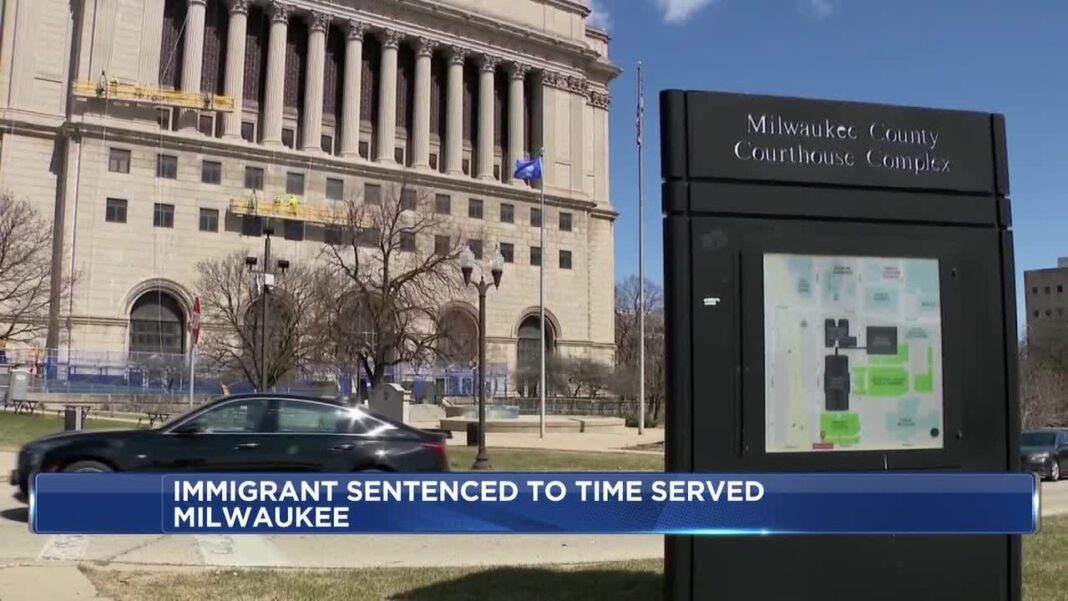‘August’s smaller trade deficit will be a tailwind for third quarter real GDP,’ says Comerica Bank’s chief economist.
President Donald Trump’s tariffs helped narrow the U.S. trade deficit in August as imports contracted more than 5 percent, new government data show.
The trade gap plummeted by nearly 24 percent to $59.6 billion, down from $78.2 billion, according to a report released by the Department of Commerce’s Bureau of Economic Analysis on Nov. 19
This came in below economists’ expectations of a $61 billion trade imbalance.
The report was initially scheduled for release on Oct. 7, but the 43-day government shutdown prevented its publication.
Imports declined by 5.1 percent to $340.4 billion, driven primarily by a $9.3 billion drop in nonmonetary gold purchases.
Government data revealed broad-based declines, including in foreign purchases of computer accessories, transportation, telecommunications equipment, and jewelry.
August exports ticked up by 0.1 percent to $280.8 billion as U.S. companies shipped more crude oil, computers, and maintenance and repair services.
Exports of consumer goods and automobiles decreased by $1.5 billion and $400 million, respectively.
The United States registered trade deficits with Mexico ($16.3 billion), China ($15.4 billion), and Vietnam ($14.4 billion). Surpluses, meanwhile, were observed with the Netherlands ($5.1 billion), South and Central America ($4.9 billion), and Hong Kong ($1.7 billion).
Despite a narrowing imbalance, the January–August trade deficit is up by 25 percent year over year to $713.6 billion.
President Donald Trump implemented levies on almost every U.S. trading partner on Aug. 7, with a 10 percent global baseline tariff rate. Since the president had threatened massive tariff increases for months, companies accelerated their purchase plans earlier in the summer to avoid higher import duties.
The current overall average effective rate is 17.9 percent—the highest since 1934—according to the Yale Budget Lab.
The Trump administration recently established trade deals with several countries, including Argentina, El Salvador, and Switzerland.
In response to growing affordability concerns, Trump also signed a recent executive order exempting key agricultural products, such as bananas, beef, and coffee, from tariffs.
But while the White House continues to negotiate agreements and make minor adjustments to its trade agenda, the president’s tariffs could face a legal roadblock in the Supreme Court. Justices in the high court will determine whether Trump overstepped his authority and bypassed Congress to implement comprehensive tariffs.
By Andrew Moran








